Madlands of Tla'tlaqixi Gallery

Hartmann Camp
The primary research camp of the Hartmann-Veracruz Expedition, established near the entrance to Cenote Negro in 1932
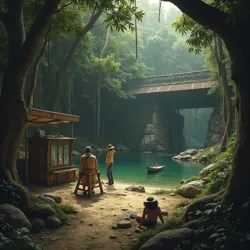
Temporal Equipment
Custom-built chronometric equipment used by the expedition to measure temporal distortions
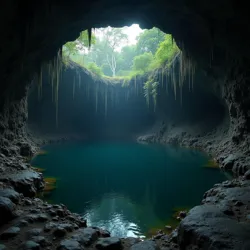
Black Cenote
The infamous Cenote Negro, the largest sinkhole in the district, known for its extreme temporal distortion effects
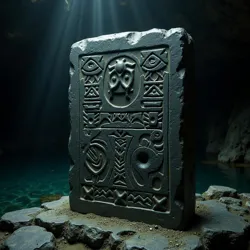
Cenote Marker
A pre-Columbian stone marker bearing temporal warning glyphs, discovered at the entrance to Cenote Negro

Quine Basecamp
Members of the Quine Expedition establishing their first research camp near the edge of the Madlands in 2018
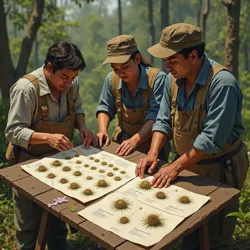
Botanical Samples
Pressed specimens of the Hangman's Liana collected during the expedition's botanical survey
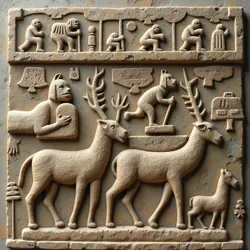
Maqamiztlec Relief
A weathered stone relief depicting the legendary exodus of the Maqamiztleca, showing figures carrying sacred objects through a stylized marshland
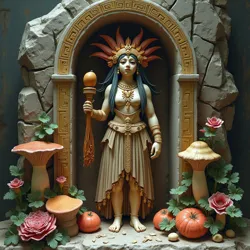
Hmeyotlotl Altar
Modern altar to Hmeyotlotl maintained by the Brotherhood of the Eternal Spore, featuring traditional offerings of psychoactive fungi and flowers
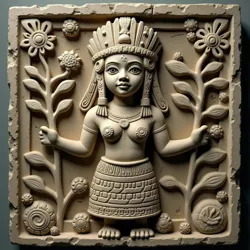
Hmeyotlotl Relief
A weathered stone relief depicting Hmeyotlotl in her traditional form as a young woman holding both a flowering vine and a burial shroud, discovered at the Temple of Midnight Blooms
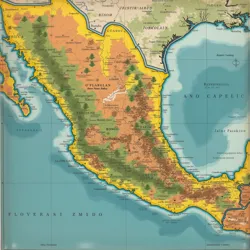
Yucatan Zones Map
A classified Mexican government map from 1962 showing the distribution of documented anomalous zones across the Yucatan Peninsula
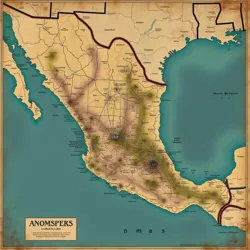
Distorted Instruments
Scientific instruments showing inexplicable readings within the Circle of Whispers zone
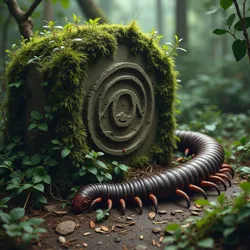
Jungle Centipede
A specimen of Scolopendra tlatlaqixensis, one of many megafauna species endemic to the region
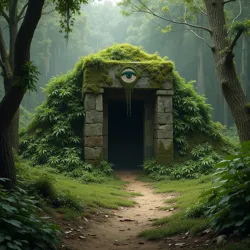
Tlatlaqixi Altar
A moss-covered sacrificial altar discovered during the Quine Expedition, bearing distinctive Maqamiztlec iconography including the "Weeping Eye" motif

Quine Station
The Quine Research Station, established in 2018 as the first permanent scientific outpost in Tla'tlaqixi